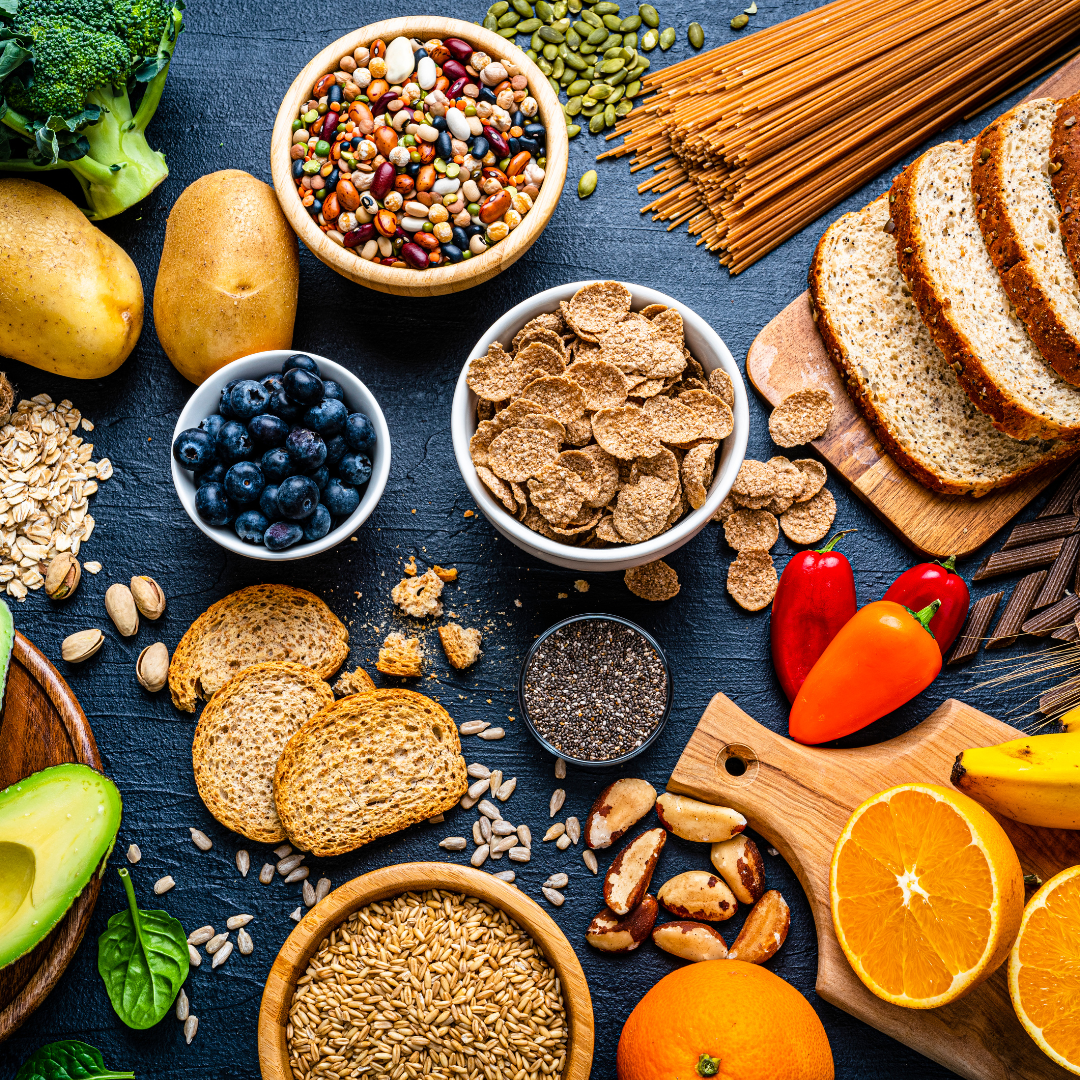
Signs You Aren't Getting Enough Fiber: A Closer Look
Introduction
Fiber is an essential nutrient often overlooked in our daily diets, despite its significant impact on our health. It plays a vital role in digestion, heart health, and maintaining a healthy weight. However, many Americans fall short of their recommended daily fiber intake. In this blog post, we'll explore the signs that indicate you may not be getting enough fiber, shedding light on the importance of this nutrient and ways to increase your daily intake.
The Fiber Gap in America
Before diving into the signs of fiber deficiency, it's essential to understand the scope of the issue. According to the Dietary Guidelines for Americans, the recommended daily fiber intake for adults ranges from 25 to 38 grams, depending on age, sex, and other factors. Shockingly, the majority of Americans fail to meet these recommendations. The National Fiber Council reports that the average American consumes just 15 grams of fiber per day, far below the recommended levels. This significant fiber gap highlights the need for greater awareness of this essential nutrient.
Signs of Fiber Deficiency
Digestive Discomfort: One of the most apparent signs of inadequate fiber intake is digestive discomfort. If you frequently experience constipation, gas, bloating, or irregular bowel movements, it may be a signal that you need to increase your fiber intake. Fiber adds bulk to your stool and helps keep your digestive system running smoothly.
Persistent Hunger: Fiber-rich foods provide a sense of fullness and satiety after meals. If you often feel hungry shortly after eating, it could be due to a lack of fiber in your diet. A diet lacking in fiber may lead to overeating and difficulty maintaining a healthy weight.
Fluctuating Blood Sugar: Fiber helps regulate blood sugar levels by slowing down the absorption of sugar from the digestive tract. If you experience frequent spikes and crashes in energy and mood, it may be a sign of unstable blood sugar due to insufficient fiber intake.
Weight Management Challenges: Fiber-rich foods are often lower in calories and fat, making them an excellent choice for weight management. If you struggle to maintain or achieve a healthy weight, your low fiber intake may be contributing to the problem.
High Cholesterol: Fiber can help lower LDL (bad) cholesterol levels, reducing the risk of heart disease. If you have high cholesterol levels, it may be worth evaluating your fiber intake and making dietary adjustments.
Gastrointestinal Issues: Chronic gastrointestinal conditions, such as diverticulitis, irritable bowel syndrome (IBS), and hemorrhoids, can be exacerbated by a low-fiber diet. Increasing your fiber intake may alleviate symptoms and improve your condition.
Unstable Blood Pressure: Fiber has been linked to lower blood pressure levels. If you struggle with high blood pressure, consider increasing your fiber intake as part of your overall management plan.
Boosting Your Fiber Intake
To enhance your daily fiber intake, consider implementing several dietary adjustments. Opt for whole grains like whole grain bread, pasta, rice, and cereal over their refined counterparts. These whole grains are rich in fiber and provide a broader spectrum of essential nutrients.
Embrace a diverse selection of fruits and vegetables as a regular part of your meals, as they are outstanding sources of dietary fiber while offering a wide array of vital vitamins and minerals. Snacking can also become an opportunity to boost your fiber intake by choosing wholesome options such as nuts, seeds, and fresh fruits instead of processed snacks. Vitaminis Gut Health, which contains as much fiber as 1 cup of broccoli, makes a tasty snack by itself or as a fiber enhancement to a smoothie.
Legumes, including beans, lentils, and chickpeas, are fiber powerhouses that can be easily incorporated into your diet, whether in soups, salads, or as meat substitutes in various recipes. When grocery shopping, pay close attention to nutrition labels, selecting products with higher fiber content and fewer added sugars (like Vitaminis Gut Health!). If you're transitioning to a higher-fiber diet and your digestive system isn't accustomed to it, introduce fiber-rich foods gradually to minimize any potential discomfort as your body adapts.
Conclusion
Fiber is a crucial nutrient for overall health and well-being, yet a significant portion of Americans fall short of their recommended daily intake. Recognizing the signs of fiber deficiency, such as digestive discomfort, persistent hunger, and weight management challenges, is the first step in addressing this issue. By making conscious dietary choices, increasing your consumption of fiber-rich foods, and being mindful of your nutritional needs, you can bridge the fiber gap and enjoy the many health benefits that come with a fiber-rich diet. Vitaminis Gut Health is an easy and tasty way to incorporate 5 grams of fiber into your diet in one shot.
